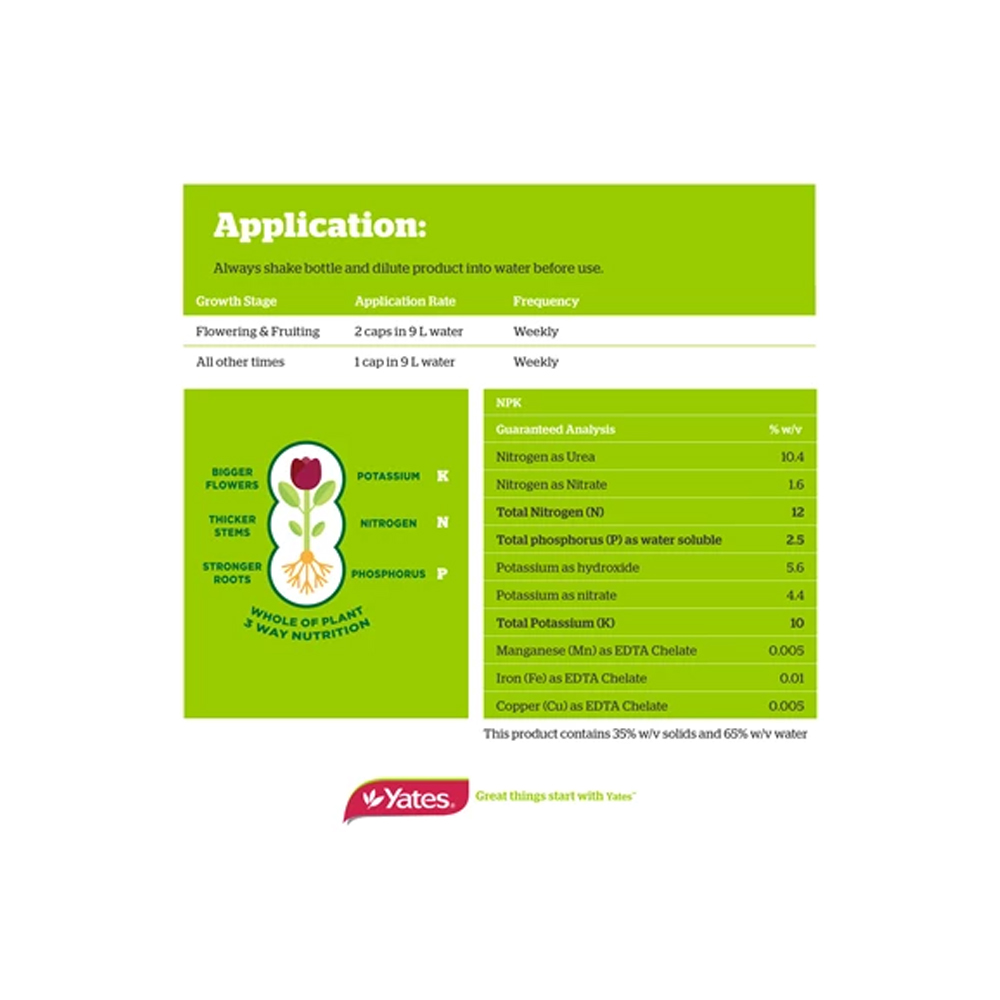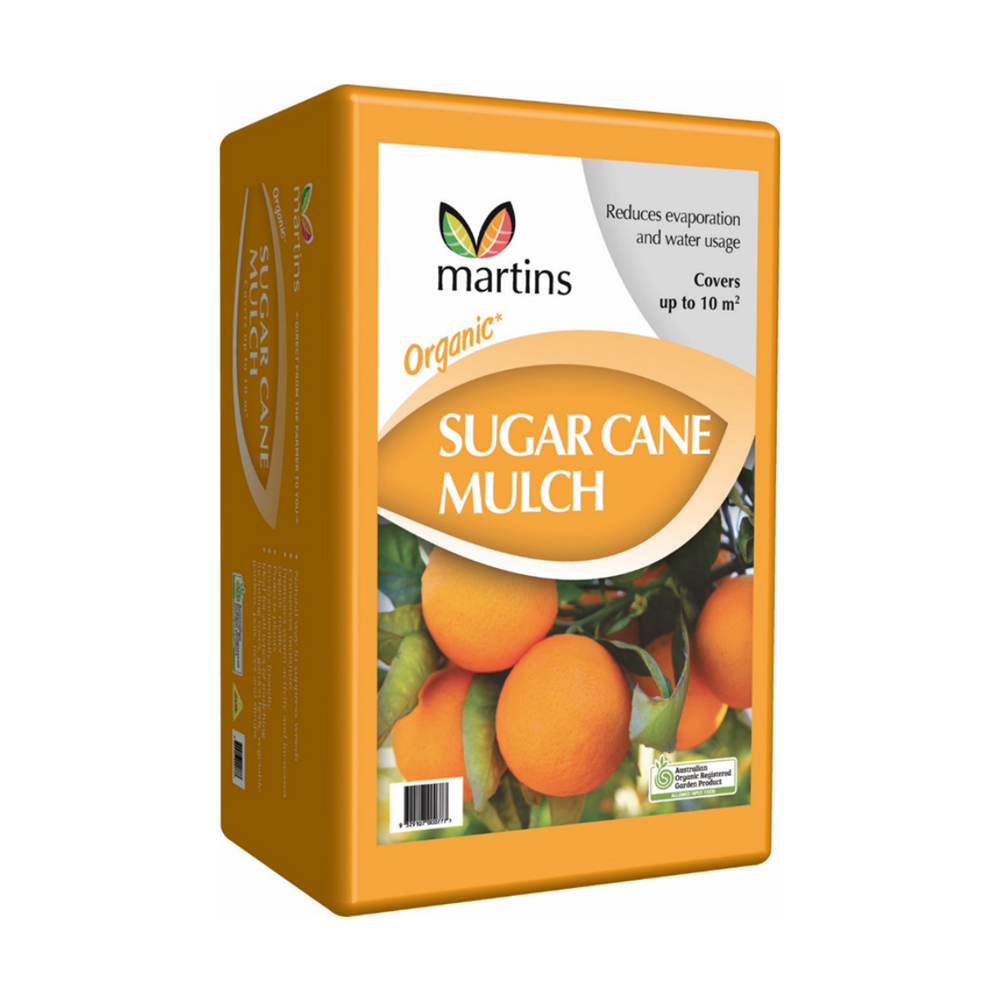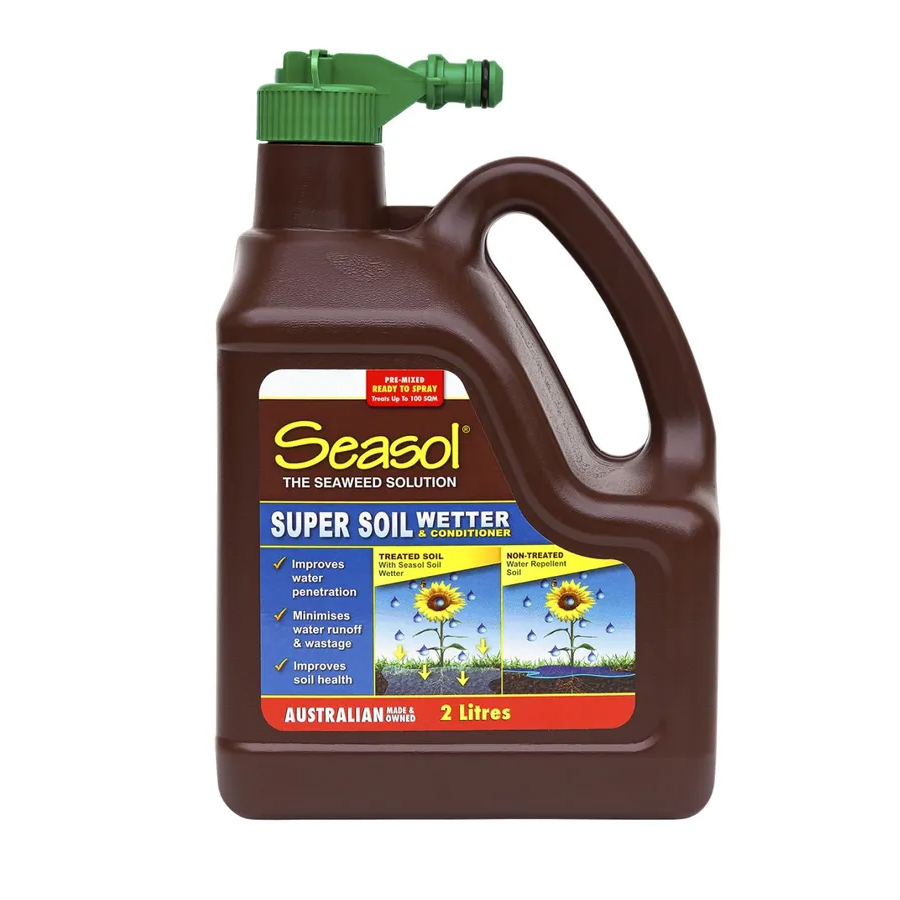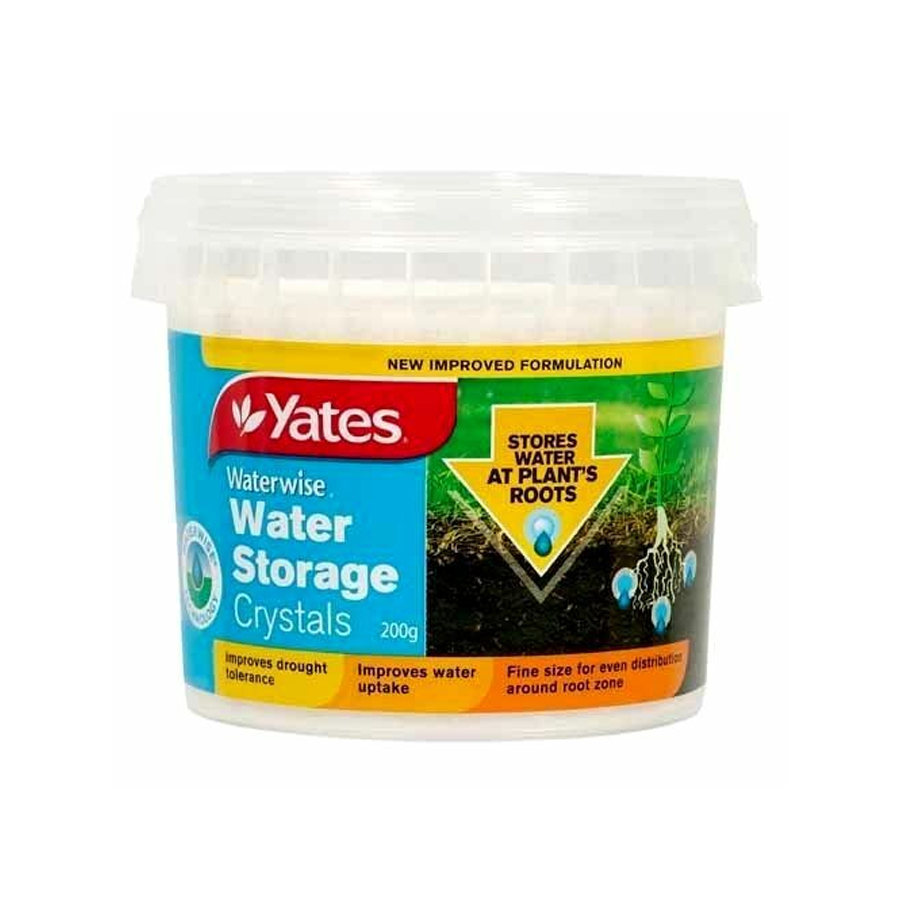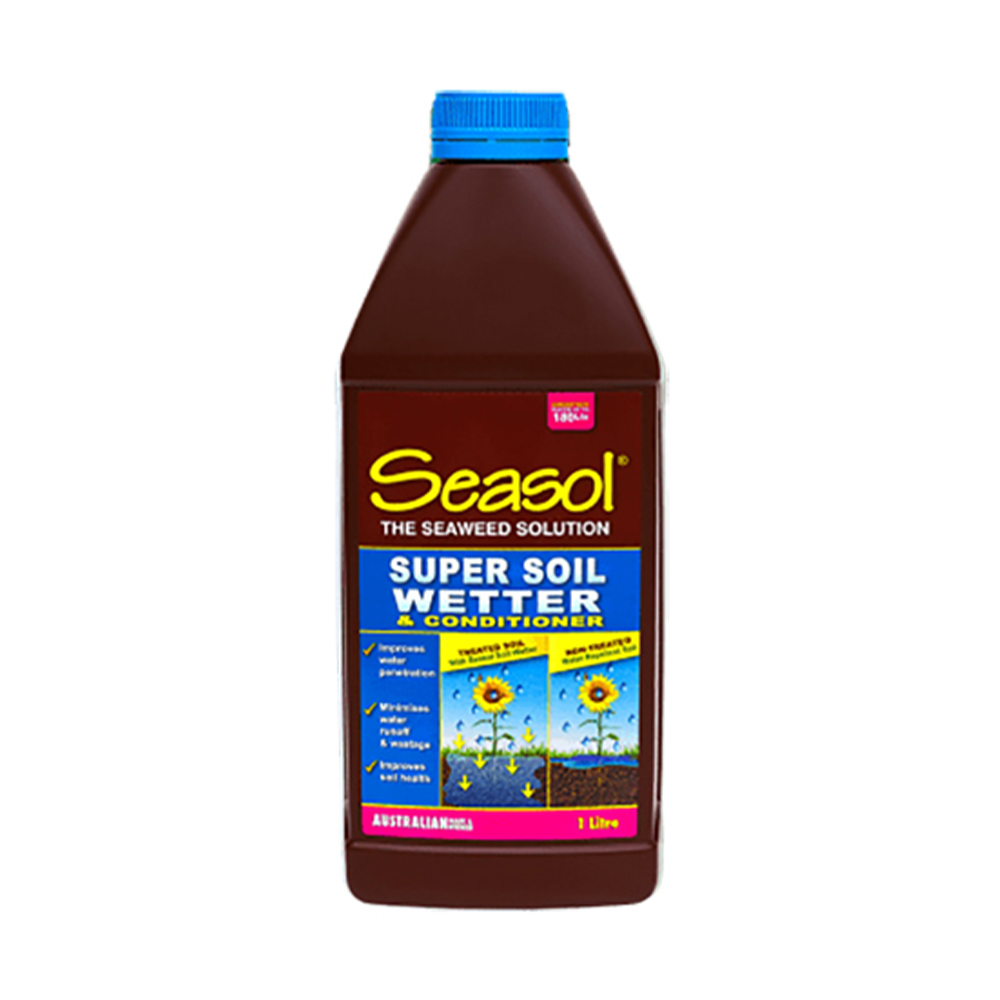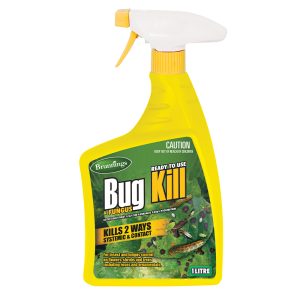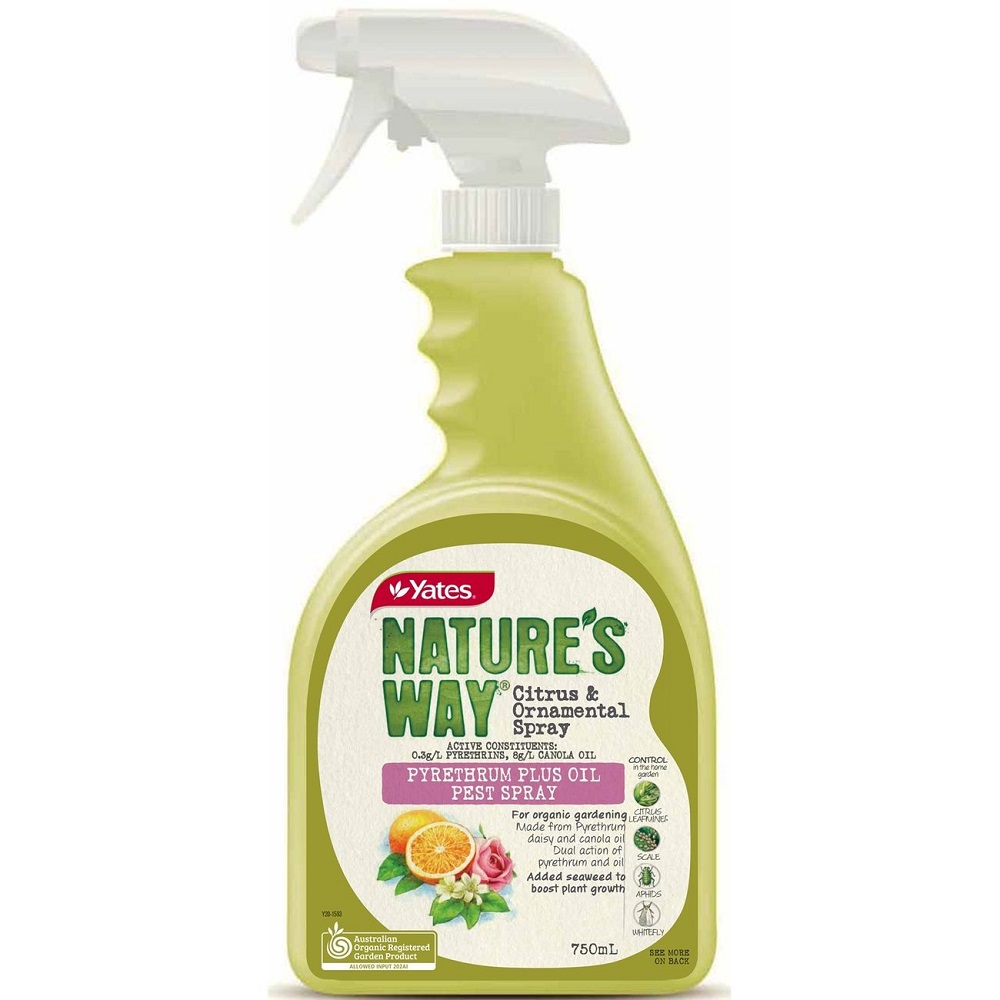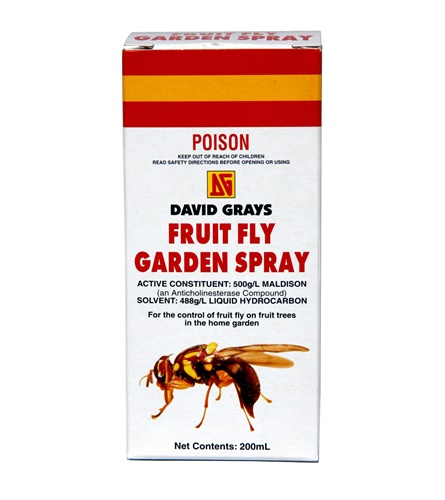Photo by Jason Leung on Unsplash
As the autumn season approaches, it’s important to give your citrus plants some extra attention to help them thrive during the cooler months. Here are some tips to keep your citrus trees healthy, protected & well-fed.
Feed your trees
Regularly providing nutrients to your citrus plants is crucial to encourage a bountiful harvest of delicious fruit. Citrus trees have a high demand for nutrients, and insufficient nourishment can cause a decrease in the quality of the fruit they produce.Use a citrus-specific fertilizer or a complete fertilizer with added trace elements. Follow the manufacturer’s instructions carefully and avoid over-fertilizing, which can damage the roots.
Yates Thrive Citrus Liquid Plant Food is a complete plant food that has been specially formulated to provide citrus with the nutrients they need. Apply Yates Thrive Citrus Liquid Plant Food around the root zone of in-ground and potted citrus trees every 1-2 weeks during autumn, while citrus trees are busy maturing their fruit.
Ensure soil moisture is retained
Citrus trees need regular watering, especially during dry spells. Make sure the soil around the roots is kept moist but not waterlogged. It’s best to water deeply and less frequently to encourage the roots to grow deeper.
Spreading a layer of mulch, around the root zone of the tree will help retain soil moisture. Keep the mulch 5-10 cm away from the trunk. This allows for improved airflow & helps reduce the risk of trunk diseases.
Remove weeds and grasses growing around the base of citrus trees as they steal much needed water, nutrients and reduce airflow.
Pruning
Prune your citrus trees to remove any dead or damaged branches, as well as any branches that are crossing or rubbing against each other. This will improve air circulation and light penetration, which can help prevent fungal diseases.
Watch for signs of root rot
In areas with heavy or poorly drained soil, or during extended periods of wet weather, citrus trees may be susceptible to root rot. The initial symptoms of Root and Collar Rot diseases include wilting leaves and dying shoot tips. These diseases harm the tree’s root system and ability to transport moisture, and you may observe blackened or dying patches on the lower trunk.
Source: Gardeners Path
Pest Control
Citrus trees are prone to pests such as citrus leafminer, scale insects, and aphids. Inspect your trees regularly and take action if you see any signs of infestation. Use an appropriate insecticide, or try natural remedies such as spraying with neem oil or releasing beneficial insects like ladybugs or lacewings.
Scales & Aphids
Scales appear as raised brown, pink or white coloured bumps on stems, leaves & fruit.
Masses of aphids tend to enjoy new leave and stems, causing leaves to curl under.
Both these pests are sap-sucking and excrete a sweet sticky substance called honeydew
Source: Garden Design
Source: Gardening etc
Ants
Following on from scales & aphids, ants are attracted to honeydew. If you spot ants in your citrus tree, you likely have scales & aphids as well.
Sooty Mould
Appearing as a black film over leaves, sooty mould is another consequence of honeydew. Hence, if you control the honeydew producing pests, sooty mould will disappear.
Citrus Leaf Miner
Citrus leaf miner is a tiny moth whose larvae tunnel through the young leaves of citrus trees, creating serpentine tunnels that are visible on the surface of the leaves. This pest can be a significant problem for citrus trees, as the tunnels can impair the tree’s ability to photosynthesize and can also make the tree more vulnerable to other pests and diseases. Some common signs of citrus leaf miner infestation include curled and distorted leaves, silvery lines or blotches on leaves, and stunted growth.
Source: Bugs For Bugs
Source: Sustainable Macleod
Fruit Flies
Even before the fruit is ripe, citrus trees are very vulnerable to attack by fruit flies. It is important to control the pest before they lay eggs.




